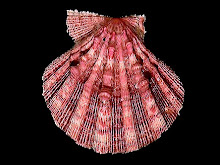
Here is what I have been looking for, Anolis carolinensis. It's a great indicator of wetland health and biodiversity, the variety of organisms found within a geographical region, along with a few other key native Floridian species. This particular species is also a favorite for this author in native herpetological studies, but due to destruction of its habitat, is hard to find in natural settings. It also falls under pressure by one of its non-phylogenetically-related (a relative by origin or evolution) species, Anolis sagrei sagrei. In southern areas such as Miami-Dade Counties, Anolis equestris and Anolis garmani colonies dominate all while preying upon Anolis carolinensis, as with other predators like Cyanocitta cristata andTokay tokay. Yet, Cyanocitta cristata is the only one of the aforementioned which is native and substantiates natural predation upon the only native Anolis species in Florida. Extra pressures coupled with common predation occurences on our lone Anolis are a tax on its very survival. Concentrating populations of Polychrotidae or other wild animals will not preserve a native species, notably when species radiation, non-adaptive spreading of a group of organisms into new environments or adaptive, diversification of a species or single ancestor into forms which have evolved to specialize in a specific environmental niche (such as ecomorphs in Polychrotidae) is inhibited to parks and preserves, and non-indigenous species which compete well with the natives are introduced to such regions.







0 Comments:
Post a Comment
<< Home